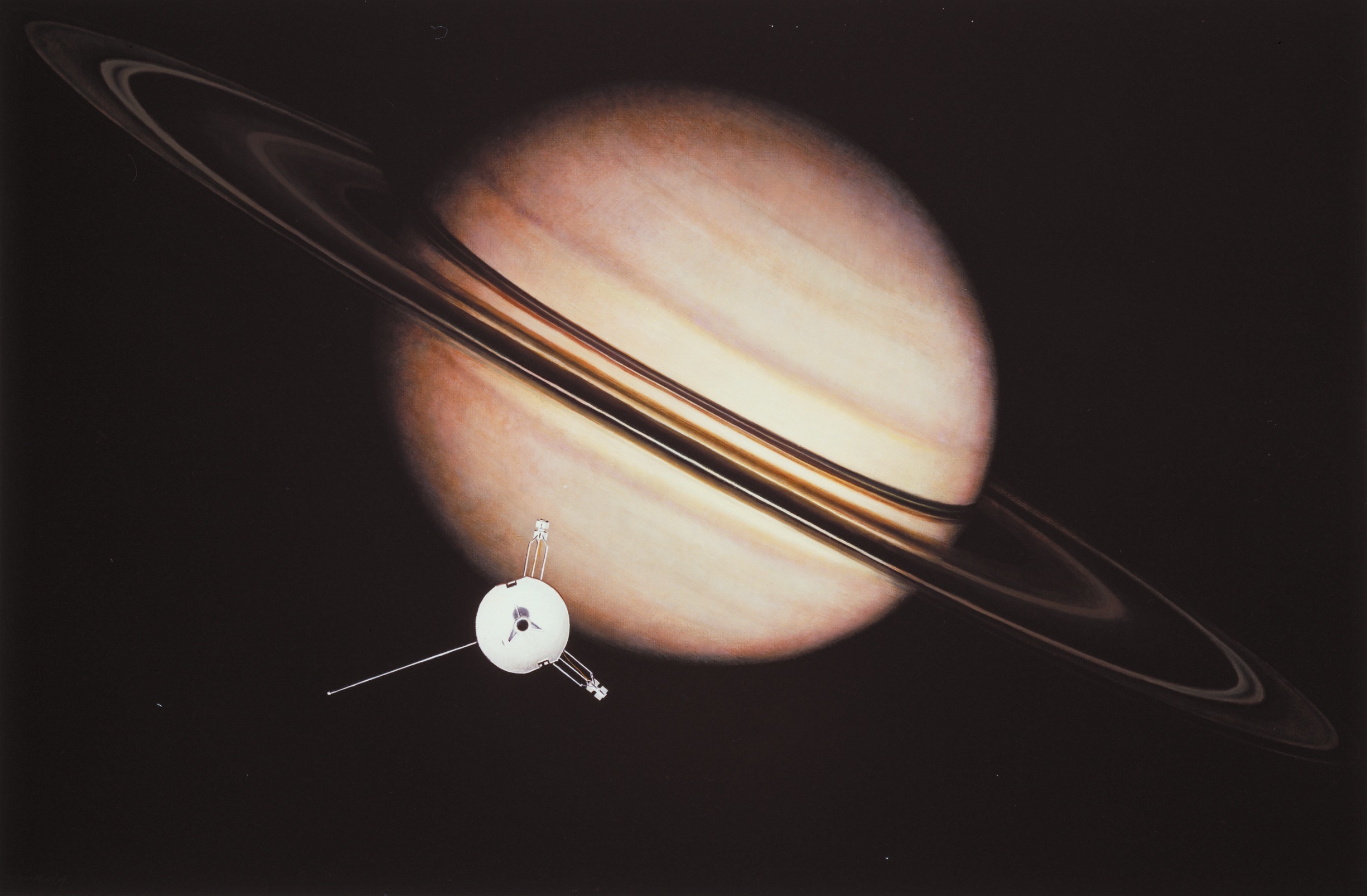Category Archives: Science 10
What would the discovery of aliens lead to?
The discovery of aliens would be a huge scientific breakthrough, we could learn so much about the outer reaches of space and perhaps even learn how to get there faster. Aliens could come in peace or perhaps in armadas of UFOs to take over planet earth, as depicted in any sci-fi movie. Steven Hawking himself states that aliens would probably be wanting to use our planet for resources rather than making friends with us. If that’s the case, then humanity would of course fight back causing the first ever Star Wars. If we look at our history, we can see that that has happened multiple times, colonizers will come form afar with the intent of expanding their empire, and natives would rebel. A prime example of this is Hernan Cortes and the fall of the Aztec Empire. They wiped out more than 100,000 people with violence starvation and diseases. Another case is that aliens could just think there better than us, this could be true considering that most Americans think that aliens would be both physically and mentally better than us, if that’s the case we would see something like what happened during WWII, aliens might enslave us and put us into some sort of concentration camp, where we would be treated as slaves and maybe experimented on.
What about on the flip side of things, could there be any positive outcomes to discovering aliens. Yes, we could learn or find a lot with and or about aliens. Space travel could be easier and more accessible by using the technology given to us by them. We could receive diseases from them but at the same time we could be getting cures too, Cures for diseases on earth such as cancer and AIDS. We could learn about different elements and different materials to use for ourselves, a lot of trading would be done.

The discovery of aliens could go both ways, but how would the public react? Michael Varnum, a psychologist at Arizona State University is trying to answer that question. Him and his team conducted a series of 3 experiments, in the first one, the scientist looked at how the media portrays aliens, they looked at five different events, the discovery of pulsars in 1976, Jerry Ehmann’s detection of the “wow” radio signal in 1977, the announcement of fossilized microbes in a Martian meteorite, the Tabby star showing strange behavior in 2015 and the discovery of exoplanets in 2017. After further review, the conclusion was that of more positive than negative. In the second experiment, they had 500 people to describe their reactions to discovery of aliens, and in this experiment, they got the same results. In the last one they asked 250 people to write their opinion on the meteorite from mars that was home to tiny outer space germs classified technically as “aliens”. As in the other two experiments, the answer was again more positive that negative. Through this we can say confidently humanity would welcome aliens with open arms. But on the contrary what if we don’t accept them, humans have a history with ego, with constant colonization and discrimination towards people who are different, perhaps we humans will be the ones to start not the aliens. Its like what I talked about at the start of my essay, but vice versa, we might use the aliens for our own benefits then wipe them out or overpower them and use them for slavery.
We have all these possibilities to what may happen, but have we tried to get some sort of evidence? Scientist have been sending messages, via radio frequencies, into outer space to try and get some contact. To send a message, we need to find a strong signal, the only way to do that is by listening, by listening we can find a strong signal to which we can start sending messages. The first ever SETI (search for extra terrestrial intelligence) took place in 1960. Frank Drake, from Cornell University, pointed his radio telescope between two star’s named Tau Ceti and Epislon Eridani. He scanned at the frequency that is close to the frequency of light given off by one hydrogen atom bonded to one oxygen atom, scientists nicknamed it the “water hole”. In 1977, Jerry Ehmann a volunteer for a project from the Ohio State university. Jerry wrote “WOW” beside a strong signal he had found; the signal was unfortunately never repeated. We have also sent out probes into outer space, Pioneers 10 and 11 have made their way out of our solar system. Launched in 1972 (Pioneer 10) and 1973 (Pioneer 11), both probes had a plaque attached to them which shows the human body and where our planet is located in the galaxy. In 1977, Twin voyager probes were sent into outer space, voyager 1 is on the edge of our solar system while its twin brother voyager 2 has already made its way out. Both probes have a golden record containing whale calls to “hello” said in different languages. It also has a diagram of the human body and a map of our solar system, just like Pioneer 10 and 11.

It is hard to say what will happen, will aliens find the probe and come to our planet, maybe the info inside the probes will determine whether they will consider us a threat or not. The outcome is uncertain and only time will tell. One thing for sure I think humanity is ready to meet aliens. To conclude, the possibilities are endless, we can only predict and wait till they come to us, or we come to us.
Sources:
https://www.nationalgeographic.com/science/article/how-would-people-react-alien-life-discovery-aaas-space-science
https://www.washingtonpost.com/news/speaking-of-science/wp/2017/12/04/how-will-humanity-react-to-alien-life-psychologists-have-some-predictions/
https://www.space.com/40435-finding-aliens-humanity-reaction.html
https://www.space.com/10578-study-fear-aliens-dangerous-extraterrestrials.html
https://www.space.com/4075-finding-alien-life-earth.html
Science 10 Core Competency Reflection
In The Woods
 The green stink bug (Chinivia Halaris) can be found in orchards, woodlands and crop fields all through out North America. It is of the color green and can be found with brown high lights on its body and yellow, orange or red narrow edges. This color way helps it camouflage in its environment of brown trees and green grass. Both nymphs and adults (which can grow up to 13-18mm in length) both have stink glands that they use to defend them selves when disturbed.
The green stink bug (Chinivia Halaris) can be found in orchards, woodlands and crop fields all through out North America. It is of the color green and can be found with brown high lights on its body and yellow, orange or red narrow edges. This color way helps it camouflage in its environment of brown trees and green grass. Both nymphs and adults (which can grow up to 13-18mm in length) both have stink glands that they use to defend them selves when disturbed.

Himalayan Blackberry (Rubus armeniacus)
1. Where is the original (native) habitat of this species located?
Originally this berry is from Armenia and northern Iran but since being brought here to north America it has been naturalized along west coast(B.C., Oregon, Washington)
2. How was this species first introduced into foreign habitats?
This plant is really hard to contain, because of this the plant can leave its captivity and spread out side, where then birds and other mammals will eat the berry and proceed to poop it out elsewhere causing the plant to spread.
3. Provide at least one reason for why this species has flourished in its new habitat.
This plant does well in the riparian zones, which is an area between the shore of a body of water to the upper regions of the forest, the abundance of species in this habitat help the Himalayan blackberry go unnoticed until it has time to establish it self and continue spreading.
4. Provide some detail as to how this species is causing ecological harm in its introduced habitat.
Himalayan blackberry’s grow along river banks and stream banks (the riparian zone) and this causes it to over power all the preexisting roots and plants by the bank causing erosion and the soil to fall apart with out the natural stability of the roots. The prickle on the bush can also push live stock away from water sources.
5. List two methods used to try to control this invasive species.
Controlled fires have been proven to be effective as prior to doing so has reduced its growth by 70% and has stayed that way for 2 years. Cutting the plant before it has time to sprout also helps, doing this 2 per year during spring and fall has helped reduce the population by 70% after 3 years of treatment.